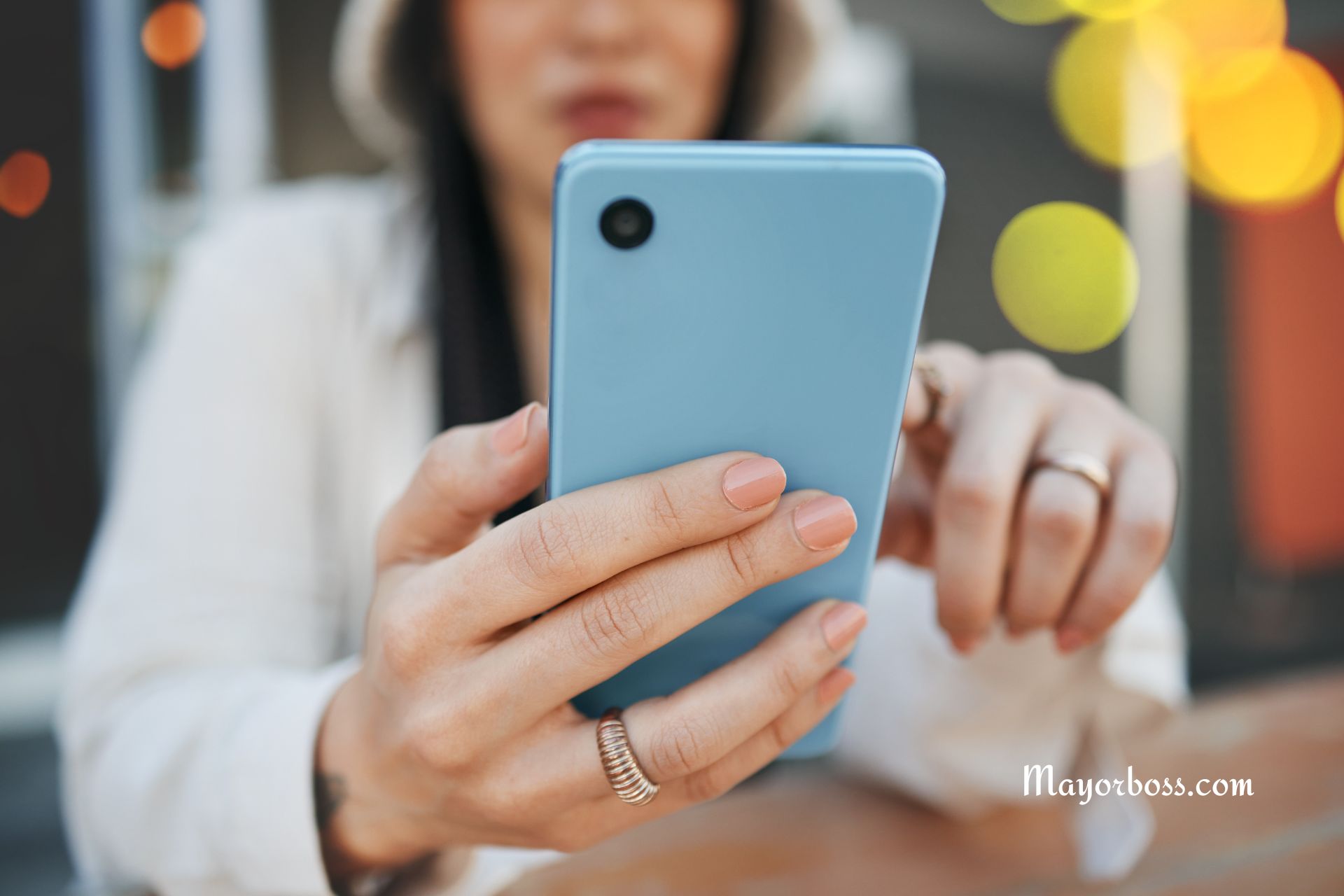Is Your Phone Hurting Your Hand? The Right Way to Hold It (And When to Put It Down)
Our smartphones have become inseparable extensions of ourselves. We use them for everything from catching up with friends and family to ordering groceries and booking appointments. But our constant reliance on these devices could be taking a toll on our hands. If you’ve ever experienced pain, numbness, tingling, or discomfort in your hands and fingers after prolonged phone use, you’re not alone. This pain could be a sign of a developing overuse injury or stress on your nerves and tendons. Let’s discuss why this happens and what you can do about it.

How Does Your Phone Affect Your Hands?
Several ways exist in which your phone can wreak havoc on your hands:
- Thumb Overuse: Excessive texting or gaming puts a tremendous strain on your thumbs as they move rapidly across the screen. This repetitive motion can inflame the tendons, leading to conditions like De Quervain’s tenosynovitis (often called “texter’s thumb”) and trigger finger.
- “Pinky Shelf” Syndrome: When you cradle your phone with your pinky finger for support, it can put pressure on the ulnar nerve located at the base of the palm. This can cause numbness, tingling, and weakness in your pinky and ring fingers, known as “cell phone elbow” or cubital tunnel syndrome.
- Wrist Strain: Awkwardly bending your wrist for long periods while holding your phone can irritate tendons and nerves, contributing to carpal tunnel syndrome or general wrist pain.
- Static Loading: Holding your phone for extended periods without breaks forces your muscles to stay contracted for too long. This leads to muscle fatigue and reduced blood flow.
The Right Way to Hold Your Phone
To minimize the risk of pain and injury, here’s how to optimize your phone posture:
- Balanced Grip: Rather than overloading a single finger, distribute the weight of the phone across your palm. Your goal is a neutral wrist position and relaxed fingers.
- Support Your Elbows: When possible, rest your elbows on a table or armrest to reduce hand and wrist strain.
- Two-Handed Hold: Use both hands to hold and operate your phone. This will take the stress off your thumbs and distribute the weight more evenly.
- Alternate Hands: Switch the hand you use to hold your phone regularly.
- Change Thumb Angle: Vary the angle of your thumb movements while texting or scrolling to avoid excessive repetition and thumb strain.
- Consider Accessories: PopSockets or phone grips can enhance your grip comfort, while phone stands are excellent for hands-free use.
- Phone Stand: Consider using a phone stand to prop up your phone, especially for video calls or watching videos. This will help with wrist positioning.
- Voice-to-text: When possible, use voice-activated technology instead of typing.
When to Put the Phone Down
Besides proper posture, it’s crucial to give your hands a break:
- Take Short Breaks: Every 20-30 minutes, put your phone down and do some gentle hand stretches to allow overworked tendons and muscles to relax.
- Pay Attention to Pain: If you notice tingling, numbness, stiffness, or discomfort, that’s your body’s signal to stop using your phone for a while.
- Limit Nighttime Use: Scrolling in bed can disrupt sleep and exacerbate any budding hand issues. Try to power down at least an hour before bed.
Hand Stretches for Phone Users
Here are some easy stretches to perform during your phone breaks:
- Wrist Flexion and Extension: Gently bend your wrist forward and backward, holding each stretch for several seconds.
- Thumb Stretches: Extend your thumb outward and then touch it to the base of your pinky finger. Repeat.
- Finger Spreads: Open your hand wide, stretching your fingers apart. Then, make a tight fist.
Frequently Asked Questions
Q: I’m experiencing pain in my hand when using my phone. What should I do? A: Stop using your phone immediately and rest your hand. If the pain persists or worsens, consult a doctor or a hand therapist.
Q: Are there specific phone models better for hand health? A: Smaller and lighter phones may be easier to handle. Look for devices with features like voice-to-text and hands-free options to minimize strain.
Q: Can hand exercises prevent phone-related injuries? A: While hand exercises can help improve flexibility and strength, preventing injuries requires taking regular breaks and adjusting your phone habits.
Q: I’m experiencing pain in my hand. Should I see a doctor? A: Yes, consult a doctor or a hand therapist if your hand pain is persistent, severe, or worsens with time.
Summary
Our smartphones offer convenience and connection, but we need to pay attention to how they impact our physical well-being. To protect your hands:
- Maintain good phone posture by keeping your wrists neutral and avoiding overloading your pinky or thumbs.
- Utilize accessories to enhance your grip and enable hands-free use.
- Prioritize regular breaks and listen to your body’s pain signals.
- Incorporate simple hand stretches into your routine.
By taking proactive measures, you can enjoy your smartphone without sacrificing the health of your hands.
